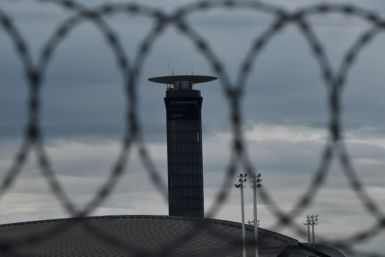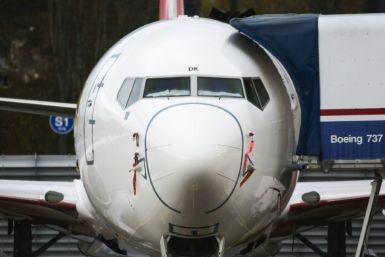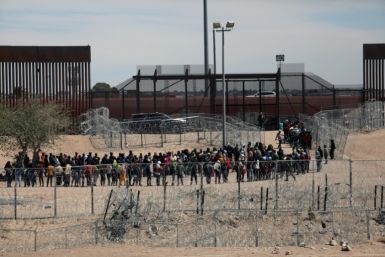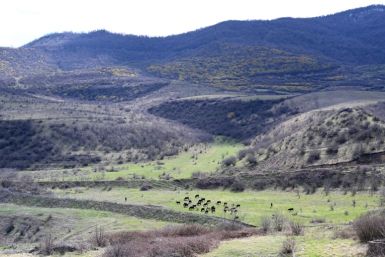Indebted Dubai puts on brave face for tower
Dubai opened the world's tallest structure in a glitzy ceremony meant to put a brave face on crushing debt woes, leading some to wonder whether the Burj Dubai is the emirate's crowning glory or its last hurrah.
The $1.5-billion tower will reach 200 storeys into the sky, and although officials have not yet revealed the exact height, it will exceed the next highest structure by some 300 meters (1,000 ft).
But concerns about the emirate's $100-billion debt pile, which have made Dubai's stock exchange one of the world's worst performing, overshadow both the ceremony and boasts by the builder, Emaar Properties, that the Burj heralds a new dawn.
The worry for Dubai is that the event will be remembered as a second bout of hubris, said David Butter, regional director for Middle East and North Africa at Economist Intelligence Unit.
The first bout was in November, 2008, two months after the collapse of Lehman Bros., when Dubai spent $24 million on the opening ceremony of the Atlantis hotel, an event that did more to highlight a taste for extravagance than assuage fears that the economic crisis was not being taken seriously.
Emaar says property prices have now stabilized, confounding wider expectations for stress in the sector.
You have to ask, 'why we are building all this?' To bring quality of life and a smile to people and I think we should continue to do that, said Mohamed Alabbar, chairman of Emaar, the Arab world's largest listed developer.
Crises come and go, Alabbar told reporters. We build for years to come ... We must have hope and optimism.
But investors took little heart, with Emaar shares closing down 3.4 percent, pulling Dubai's broader index 2.6 percent lower.
This is the culmination of Dubai's momentum and not just Emaar's, said Saud Masud, UBS head of research. It is probably the end of Dubai mega projects for the next several years as the emirate tries to rationalize its resources and looks to build the economy again in some way or another.
PAYING DOWN DEBT
In a sign Dubai is trying to meet its obligations, DP World, a subsidiary of state-owned holding company Dubai World, said on Monday it had paid obligations tied to a sukuk and a bond issue on time.
Dubai sent shockwaves through global markets on November 25 when it said it would request a standstill on billions of dollars of debts linked to state-held holding firm Dubai World and its property units Limitless and Nakheel, developer of three palm-shaped islands.
Dubai World is expected to pitch a formal standstill proposal on its debt payments to creditors this month, while it comes up with a restructuring plan.
The conglomerate has already moved to ringfence its profitable assets, and said that its debt restructuring excludes firms on a stable financial footing such as DP World, Istithmar World, and Jebel Ali Freezone.
HOW HIGH?
The tower's height is a closely guarded secret but is known to exceed 800 meters (2,625 feet). The opening has been delayed twice and, unlike other projects, survived cancellations after the crisis hit the one-booming city.
Experts say land scarcity or urban density does not justify the height of the building, rather its iconic appeal is a symbol of Dubai's ambitions.
From the 124th floor observation deck of the tower, viewers can see 50 miles on a clear day. The air is noticeably cooler and fresher on the terraces compared to the stifling heat and humidity at ground level during Dubai's summer.
Terraces are located at setbacks spiraling up the tapered tower, which is based on the geometries of the desert flower and the patterning systems embodied in Islamic architecture, according to its promotional literature.
For a Reuters graphic on the Burj, click on:
http://graphics.thomsonreuters.com/RNGS/DEC/BURJ.jpg
(Additional reporting by John Irish, Tamara Walid and Rachna Uppal; Editing by Jon Hemming)
© Copyright Thomson Reuters 2024. All rights reserved.











